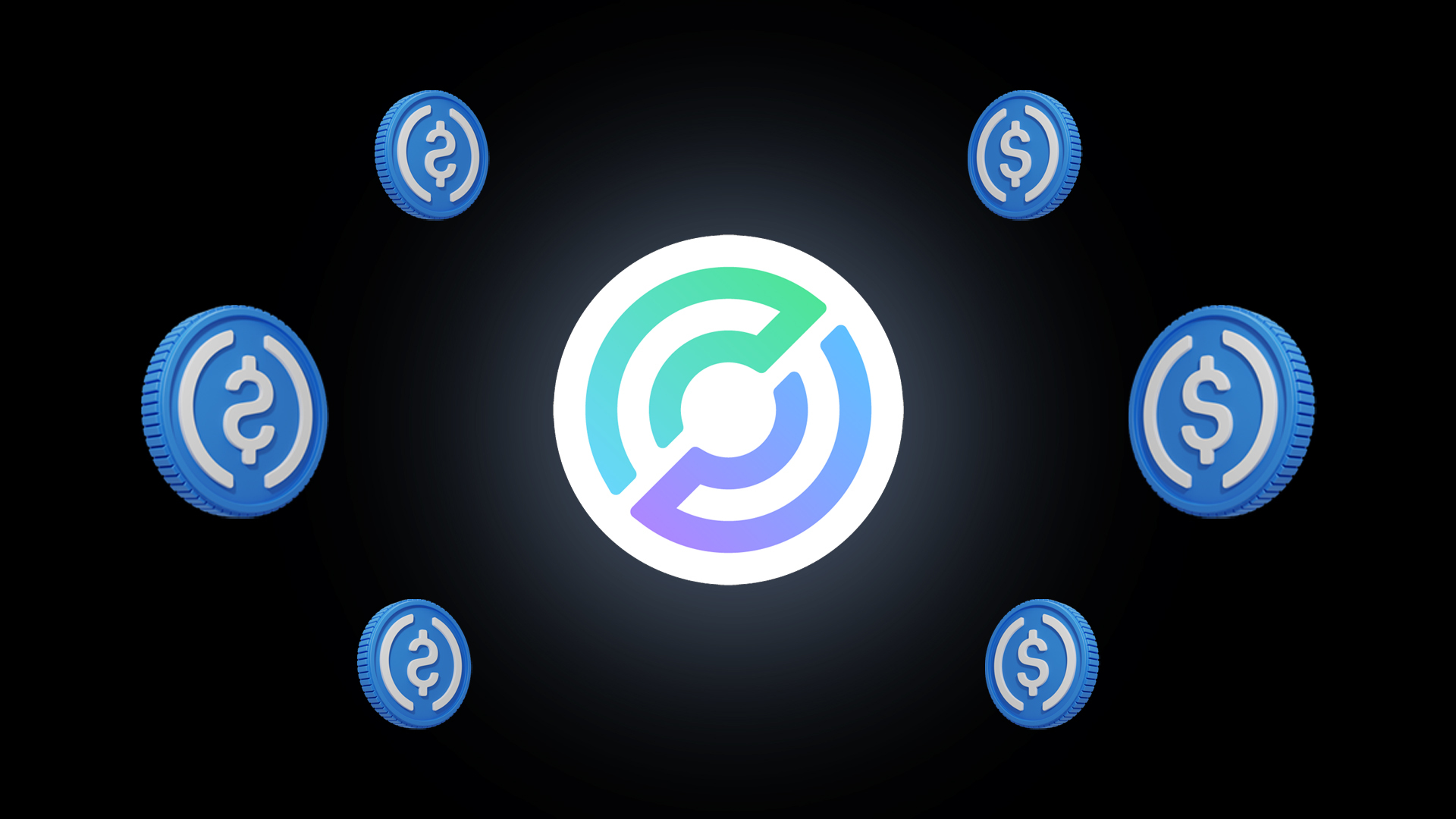Ethereum Validators Push for Doubling Block Capacity Without a Hard Fork
28.05.2025 12:00 1 min. read Alexander Stefanov
A significant portion of Ethereum validators are backing a proposal to nearly double the network’s block gas limit—an adjustment that could boost Layer 1 throughput without requiring a protocol upgrade.
According to data from Ethereum researcher Toni Wahrstätter’s dashboard, over 150,000 validators—roughly 15% of the network—are currently signaling support for raising the gas cap from 36 million to 60 million units.
Gas represents the computation required for processing transactions, and the gas limit defines how much of it can be consumed per block.
Unlike hard forks, this change is enacted gradually as validators independently adjust their configurations. Once a majority crosses the 50% support threshold, the new limit takes effect automatically.
Ethereum’s gas limit was last updated in February, when it increased from 30 to 36 million. Prior to that, the last major change occurred in 2021.
While the increase could ease congestion and support higher transaction volumes, some developers warn that it may place added stress on node infrastructure, potentially impacting network performance.
-
1
Top 10 blockchains by transaction volume in June 2025
06.07.2025 16:00 2 min. read -
2
Chainlink Partners With Westpac and Imperium to Tokenize Finance in Australia
17.07.2025 21:00 1 min. read -
3
German State-Owned Development Bank Issues €100 Million Blockchain Bond
11.07.2025 7:00 2 min. read -
4
Tether Ends Support for Five Blockchains in Infrastructure Shift
12.07.2025 11:30 2 min. read -
5
Cardano and Ethereum Lead in Developer Activity as GitHub Commits Surge
14.07.2025 12:00 1 min. read
Chainlink Partners With Westpac and Imperium to Tokenize Finance in Australia
Chainlink has announced a major institutional partnership with Westpac Institutional Bank and Imperium Markets as part of Project Acacia—a joint initiative involving the Reserve Bank of Australia and the Digital Finance Cooperative Research Centre (DFCRC).
BNB Chain Upgrades and Token Delistings Reshape Binance Ecosystem
Binance continues to refine its ecosystem in 2025, with major updates spanning performance upgrades, token listings and removals, and new token launches—all reinforcing its focus on scalability and innovation.
Ripple Powers UAE’s First Tokenized Real Estate Project via XRPL
Ripple has taken a major step in expanding its institutional digital asset infrastructure in the Middle East by partnering with Ctrl Alt to support Dubai’s first government-backed real estate tokenization initiative.
Cardano and Ethereum Lead in Developer Activity as GitHub Commits Surge
Recent GitHub data reveals which blockchain ecosystems and individual projects attracted the most developer attention last week—a key signal of long-term project strength.
-
1
Top 10 blockchains by transaction volume in June 2025
06.07.2025 16:00 2 min. read -
2
Chainlink Partners With Westpac and Imperium to Tokenize Finance in Australia
17.07.2025 21:00 1 min. read -
3
German State-Owned Development Bank Issues €100 Million Blockchain Bond
11.07.2025 7:00 2 min. read -
4
Tether Ends Support for Five Blockchains in Infrastructure Shift
12.07.2025 11:30 2 min. read -
5
Cardano and Ethereum Lead in Developer Activity as GitHub Commits Surge
14.07.2025 12:00 1 min. read


